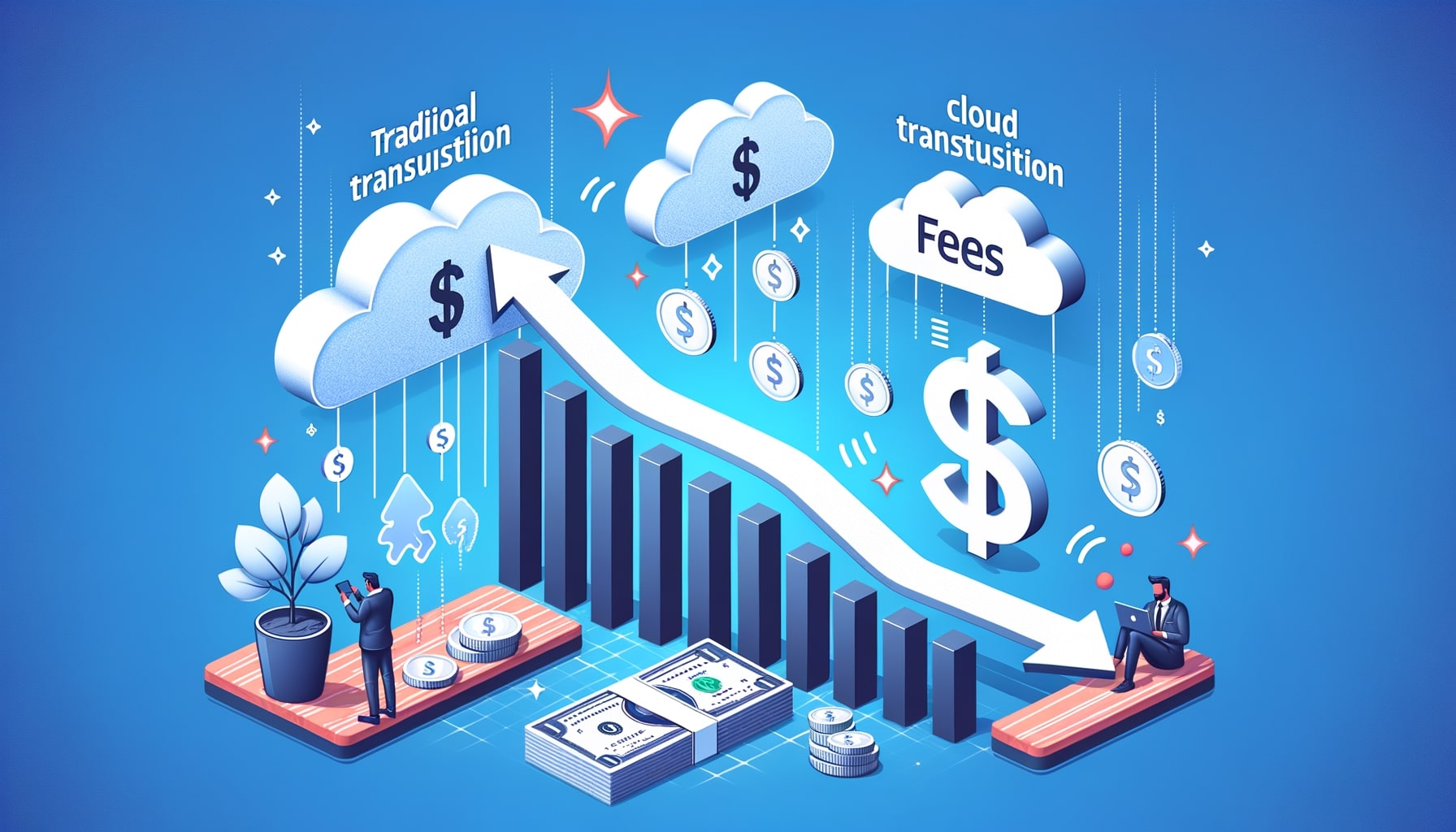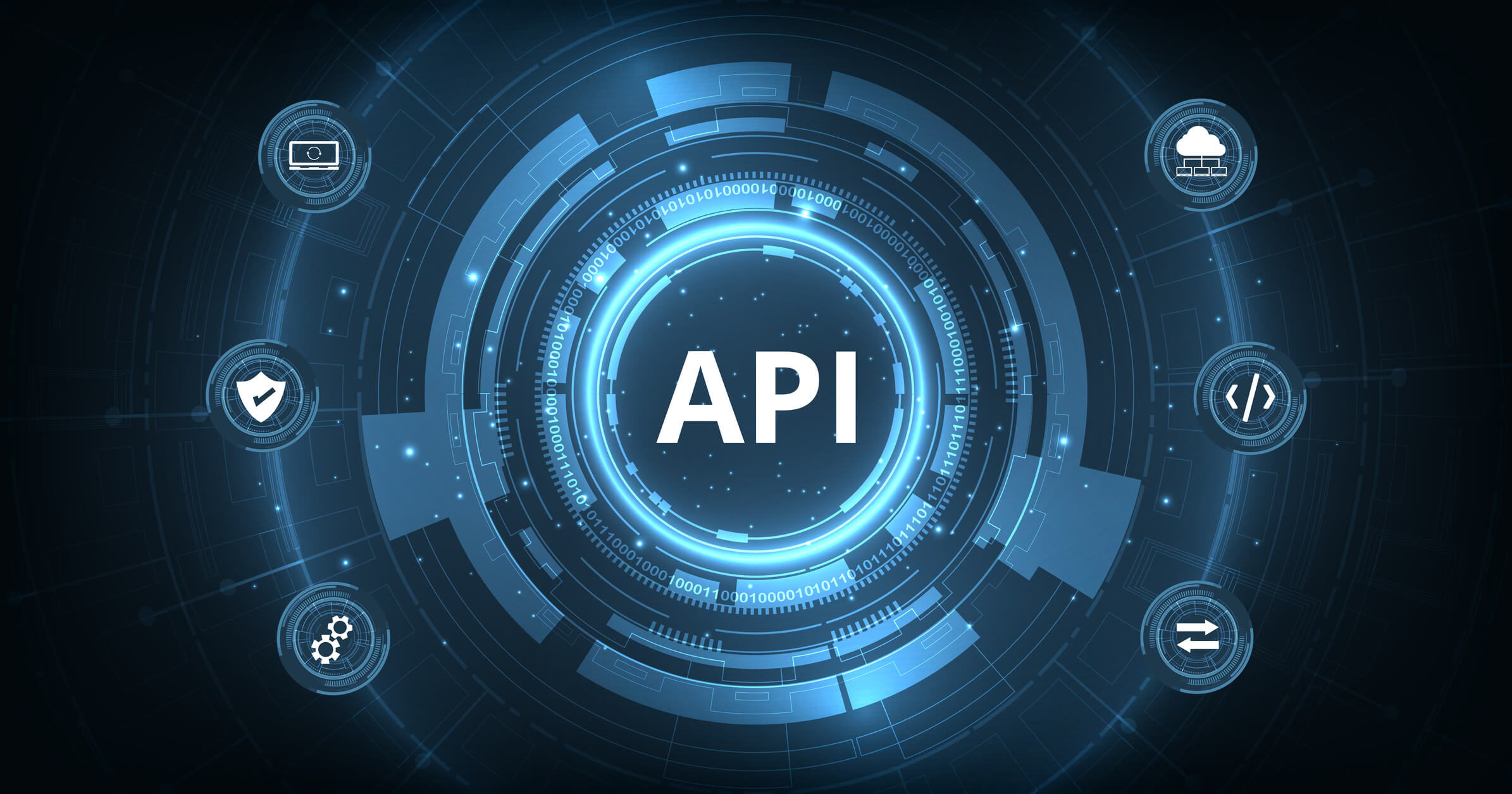How to Ensure API Security in Cloud Payment Systems
In today’s digital age, cloud payment systems have become increasingly popular due to their convenience and efficiency. These systems allow businesses to process payments securely and seamlessly, providing a seamless experience for both customers and merchants. However, with the rise of cloud-based payment systems, the need for robust API security has become more critical than ever.
APIs, or Application Programming Interfaces, play a crucial role in cloud payment systems. They enable different software applications to communicate and interact with each other, allowing for the seamless transfer of data and information. However, this also means that APIs can be vulnerable to security threats if not properly secured.
The Fundamentals of API Security: Key Concepts and Terminology
Before delving into the specifics of API security in cloud payment systems, it is essential to understand the key concepts and terminology associated with API security. This will provide a solid foundation for implementing effective security measures.
- Authentication: Authentication is the process of verifying the identity of a user or system. It ensures that only authorized individuals or systems can access the API and perform specific actions.
- Authorization: Authorization determines what actions a user or system can perform once they have been authenticated. It sets the permissions and access levels for different API endpoints and functionalities.
- Encryption: Encryption is the process of encoding data to make it unreadable to unauthorized parties. It ensures that sensitive information transmitted through the API remains secure and confidential.
- SSL/TLS: SSL (Secure Sockets Layer) and TLS (Transport Layer Security) are cryptographic protocols that provide secure communication over the internet. They establish an encrypted connection between the client and the server, preventing eavesdropping and data tampering.
Common Vulnerabilities in Cloud Payment Systems and How to Mitigate Them
Cloud payment systems are attractive targets for cybercriminals due to the sensitive financial information they handle. To ensure the security of these systems, it is crucial to be aware of common vulnerabilities and implement appropriate mitigation strategies.
- Injection Attacks: Injection attacks occur when an attacker inserts malicious code or commands into an API request. This can lead to data breaches or unauthorized access to sensitive information. To mitigate injection attacks, input validation and parameterized queries should be implemented to sanitize user input and prevent malicious code execution.
- Cross-Site Scripting (XSS): XSS attacks involve injecting malicious scripts into web pages viewed by users. These scripts can steal sensitive information or perform unauthorized actions on behalf of the user. To prevent XSS attacks, input validation and output encoding should be implemented to sanitize user-generated content and prevent script execution.
- Cross-Site Request Forgery (CSRF): CSRF attacks trick users into performing unintended actions on a website without their knowledge or consent. To mitigate CSRF attacks, the use of anti-CSRF tokens and strict referer checking should be implemented to ensure that requests originate from trusted sources.
- Insecure Direct Object References: Insecure direct object references occur when an attacker can access or manipulate sensitive data by directly referencing internal objects or resources. To mitigate this vulnerability, access controls should be implemented to ensure that users can only access authorized resources.
Best Practices for Securing APIs in Cloud Payment Systems
Securing APIs in cloud payment systems requires a proactive approach that encompasses various best practices. By following these practices, businesses can significantly enhance the security of their payment systems and protect sensitive customer data.
- Use Strong Authentication Mechanisms: Implementing strong authentication mechanisms, such as multi-factor authentication or biometric authentication, adds an extra layer of security to the API. This ensures that only authorized individuals can access the system.
- Implement Role-Based Access Control: Role-based access control (RBAC) allows businesses to define and enforce granular access controls based on user roles and responsibilities. This ensures that users only have access to the resources and functionalities necessary for their job.
- Regularly Update and Patch APIs: Keeping APIs up to date with the latest security patches and updates is crucial to prevent known vulnerabilities from being exploited. Regularly monitoring and updating APIs helps to address any security flaws promptly.
- Implement API Security Testing: Regularly conducting security testing, such as penetration testing and vulnerability scanning, helps identify and address any weaknesses or vulnerabilities in the API. This ensures that potential security risks are mitigated before they can be exploited.
- Implement Rate Limiting and Throttling: Rate limiting and throttling mechanisms help prevent API abuse and protect against denial-of-service (DoS) attacks. By setting limits on the number of requests a user or system can make within a specific time frame, businesses can ensure the availability and stability of their API.
Implementing Authentication and Authorization Mechanisms for API Security
Authentication and authorization mechanisms are fundamental components of API security in cloud payment systems. These mechanisms ensure that only authorized individuals or systems can access the API and perform specific actions.
- Implementing Authentication: There are several authentication mechanisms that can be implemented to secure APIs in cloud payment systems. One common method is token-based authentication, where a unique token is generated and provided to the user upon successful authentication. This token is then included in subsequent API requests to validate the user’s identity.
- Implementing Authorization: Once a user has been authenticated, authorization mechanisms determine what actions they can perform within the API. Role-based access control (RBAC) is a commonly used authorization mechanism that assigns specific roles and permissions to users based on their job responsibilities. This ensures that users only have access to the resources and functionalities necessary for their role.
Securing Data Transmission in Cloud Payment Systems: Encryption and SSL/TLS
Securing data transmission is crucial in cloud payment systems to protect sensitive customer information from unauthorized access or interception. Encryption and SSL/TLS protocols play a vital role in ensuring the confidentiality and integrity of data during transmission.
- Encryption: Encryption is the process of encoding data to make it unreadable to unauthorized parties. In cloud payment systems, sensitive data such as credit card numbers or personal information should be encrypted before transmission. This ensures that even if the data is intercepted, it cannot be deciphered without the encryption key.
- SSL/TLS: SSL (Secure Sockets Layer) and its successor TLS (Transport Layer Security) are cryptographic protocols that provide secure communication over the internet. These protocols establish an encrypted connection between the client and the server, ensuring that data transmitted between them remains confidential and cannot be tampered with.
API Rate Limiting and Throttling: Ensuring Availability and Preventing Attacks
API rate limiting and throttling mechanisms are essential for ensuring the availability and stability of cloud payment systems. These mechanisms help prevent API abuse and protect against denial-of-service (DoS) attacks.
- Rate Limiting: Rate limiting sets limits on the number of requests a user or system can make within a specific time frame. By enforcing rate limits, businesses can prevent API abuse and ensure fair usage. Rate limiting can be implemented based on various factors, such as the number of requests per minute or the number of requests per user.
- Throttling: Throttling goes a step further than rate limiting by dynamically adjusting the rate at which requests are processed based on predefined rules. Throttling mechanisms can be used to prioritize certain types of requests or limit the number of requests during peak usage periods. This helps ensure the availability and stability of the API, even under heavy load.
Monitoring and Logging for API Security in Cloud Payment Systems
Monitoring and logging are essential components of API security in cloud payment systems. They provide visibility into the system’s activities, help detect and respond to security incidents, and aid in compliance with regulatory requirements.
- Real-Time Monitoring: Real-time monitoring allows businesses to track API usage, detect anomalies, and identify potential security threats in real-time. By monitoring API traffic, businesses can quickly identify and respond to suspicious activities or unauthorized access attempts.
- Log Management: Log management involves collecting, storing, and analyzing logs generated by the API. Logs provide a detailed record of API activities, including authentication attempts, API calls, and error messages. Analyzing logs can help identify security incidents, track user activities, and aid in forensic investigations if a breach occurs.
Frequently Asked Questions (FAQs) about API Security in Cloud Payment Systems
Q.1: What is API security?
API security refers to the measures and practices implemented to protect APIs from unauthorized access, data breaches, and other security threats. It involves implementing authentication, authorization, encryption, and other security mechanisms to ensure the confidentiality, integrity, and availability of APIs.
Q.2: Why is API security important in cloud payment systems?
API security is crucial in cloud payment systems because they handle sensitive financial information. Without proper security measures, APIs can be vulnerable to attacks such as injection attacks, cross-site scripting, and cross-site request forgery. Securing APIs ensures the protection of customer data and prevents unauthorized access or tampering.
Q.3: What are the common vulnerabilities in cloud payment systems?
Common vulnerabilities in cloud payment systems include injection attacks, cross-site scripting (XSS), cross-site request forgery (CSRF), and insecure direct object references. These vulnerabilities can lead to data breaches, unauthorized access, or manipulation of sensitive information.
Q.4: How can businesses secure APIs in cloud payment systems?
To secure APIs in cloud payment systems, businesses should implement strong authentication mechanisms, role-based access control, regular updates and patches, security testing, and rate limiting and throttling mechanisms. Additionally, securing data transmission through encryption and SSL/TLS protocols is essential.
Conclusion
In conclusion, ensuring robust API security in cloud payment systems is of utmost importance to protect sensitive customer data and maintain the trust of users. By understanding the fundamentals of API security, identifying common vulnerabilities, and implementing best practices, businesses can significantly enhance the security of their payment systems.
Implementing strong authentication and authorization mechanisms, securing data transmission through encryption and SSL/TLS, and implementing rate limiting and throttling mechanisms are crucial steps in securing APIs. Additionally, monitoring and logging activities help detect and respond to security incidents promptly.
By following these guidelines and staying updated with the latest security practices, businesses can ensure the integrity, confidentiality, and availability of their cloud payment systems, providing a secure and seamless experience for both customers and merchants.










